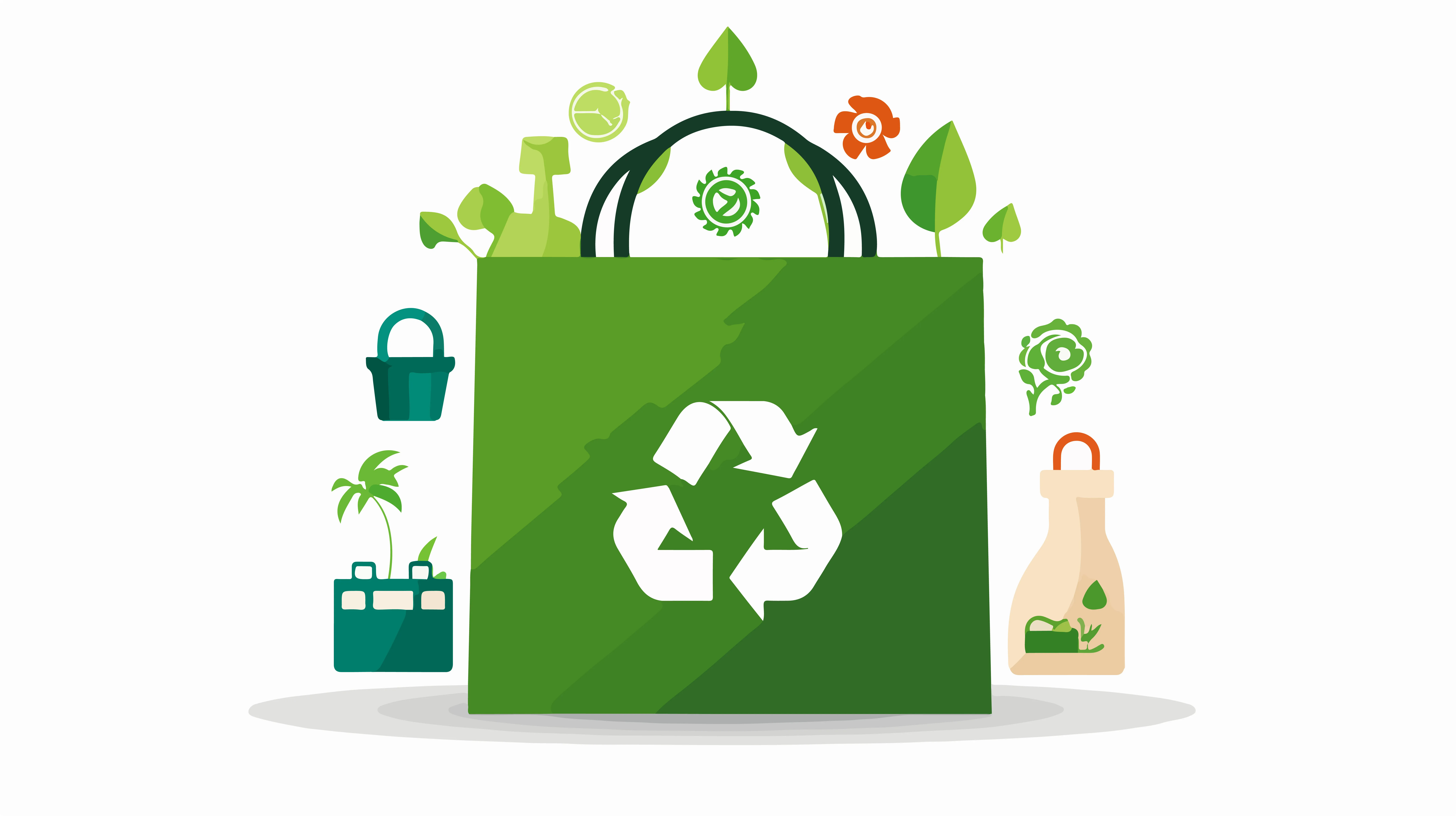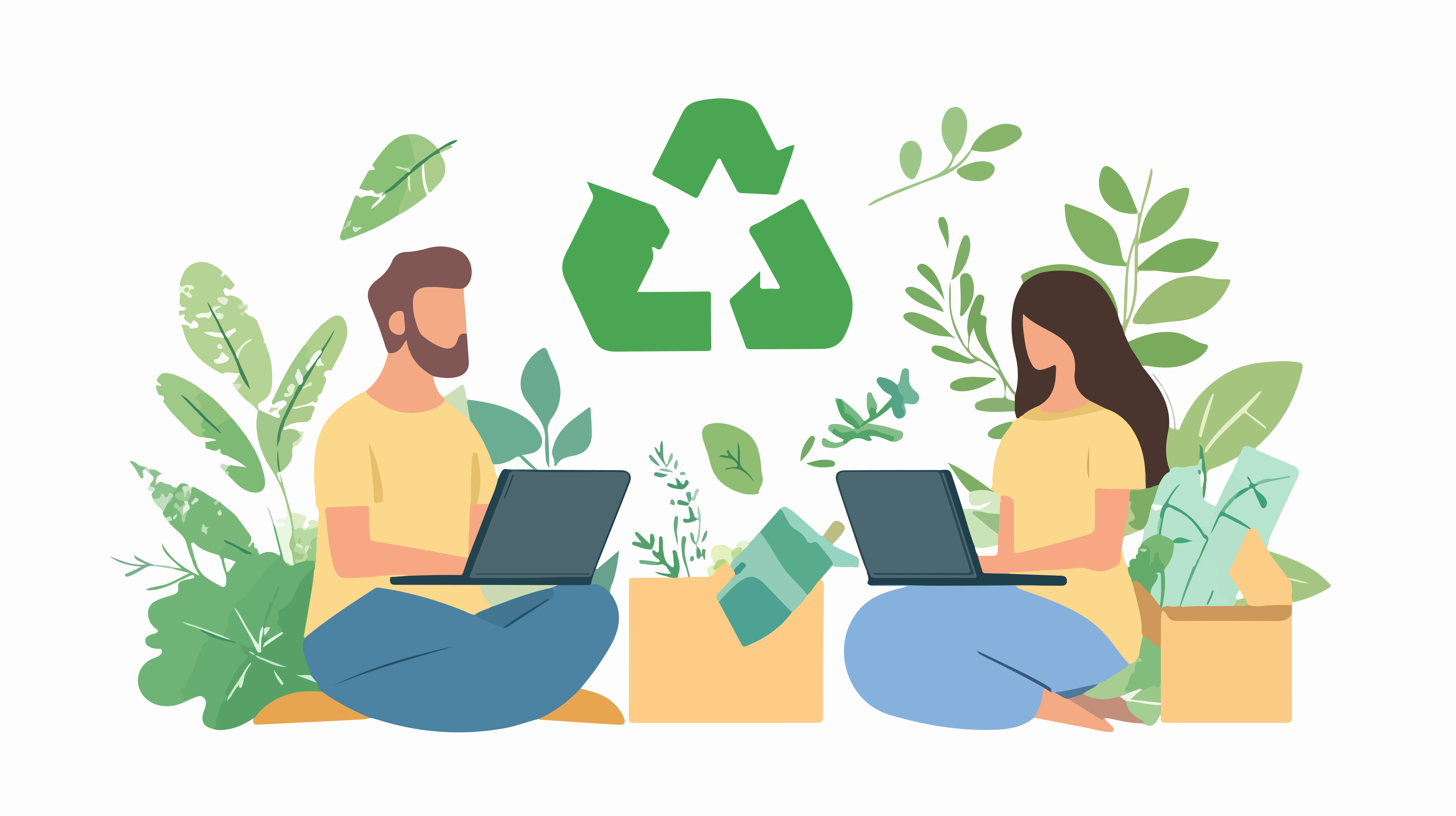Businesses are facing mounting pressure to implement sustainable practices in today's more environmentally concerned society. Making the switch to eco-friendly packaging is one of the most significant ways businesses can lessen their environmental effect. The need for sustainable packaging has increased dramatically as customers grow more conscious of the negative effects of trash, especially single-use plastics.
However, what does switching to environmentally friendly packaging actually mean? And how can companies implement this change without sacrificing usefulness, quality, or brand image? This blog examines the advantages, difficulties, and doable actions of switching to more environmentally friendly packaging options. To support this, the Pharma Packaging & Labelling Forum organized by World BI brings together suppliers and manufacturers, enabling them to find the ideal partners for their packaging and labelling needs.
Significance of Eco-Friendly Packaging:
- One of the biggest sources of garbage in the world is the packaging sector.
- The Environmental Protection Agency (EPA) estimates that over 30% of all municipal solid trash in the United States is made up of packaging.
- A large portion of material is made of plastic, which pollutes seas and damages marine life since it takes hundreds of years to break down.
- Eco-friendly packaging is made to have as little of an impact as possible on the environment.
- It usually needs less energy to make, employs recyclable, biodegradable, or renewable materials, and frequently leaves a smaller carbon footprint.
- Businesses that use sustainable packaging not only benefit the environment but also attract eco-aware customers, so everyone wins.

Key Benefits of Eco-Friendly Packaging:
Reduction of Environmental Impact:
- Eco-packaging produces less waste and utilizes less non-renewable resources.
- Packaging made of mushrooms, cardboard, cornstarch, and recycled paper all naturally break down or can be recycled, which helps keep trash out of landfills.
Improved Brand Recognition:
- Customers like to support companies that share their beliefs these days.
- 73% of consumers worldwide would definitely or probably alter their purchasing patterns to lessen their impact on the environment, according to a Nielsen research.
- Businesses show social responsibility and improve public perception and brand loyalty by implementing eco-friendly packaging.
Regulatory Compliance:
- Many nations are enforcing stricter laws on the usage of plastic and packaging trash.
- Early use of environmentally friendly packaging lowers the possibility of fines and guarantees adherence to future regulations.
Long-Term Cost Savings:
- Sustainable packaging can result in cost savings through material optimization, reduced transportation weights, and increased supply chain efficiency, even if the initial expenditure may be more.
Challenges in Making the Transition:
Despite its advantages, switching to environmentally friendly packaging is not without challenges:
- Higher Initial Costs: Compared to traditional plastic, sustainable materials and eco-certifications may be more costly.
- Limitations in the Supply Chain: Not all areas have trustworthy sources for eco-friendly packaging materials.
- Performance Issues: Some eco-materials could not yet be as resilient to moisture, as long-lasting, or as long-lasting as plastic.
- Customer Expectations: Modifying the package may have an impact on how consumers view the product, especially in sectors where packaging aesthetics are crucial, such as food and cosmetics.
How to Transition to Eco-Friendly Packaging: Step-by-Step:
Evaluate Your Present Packaging:
- To begin, carry out a packaging audit to determine the kinds of materials utilized, the amount of waste produced, and the manufacturing and logistics-related carbon impact.
Clearly Define Your Sustainability Objectives:
- Explain to your brand what "eco-friendly" implies.
- Is the usage of plastic being reduced by 50%? A move to materials that are entirely recyclable? Clearly defined and quantifiable goals will direct your approach.
Investigate Eco-Friendly Materials:
Select packing materials based on your objectives. Among the options are:

- Cardboard and recycled paper are both biodegradable and widely recyclable.
- Bioplastics are derived from renewable resources, such as sugarcane or maize.
- Packaging for mushrooms: Made from fungus and agricultural waste, these mushrooms are completely disposable.
- Metal and glass are more difficult to move yet are strong and infinitely recyclable.
Design with Minimalism in Mind:
- Keep minimalism in mind when designing by cutting out superfluous layers and packing.
- In addition to saving money, a minimalist approach appeals to contemporary consumers who value simplicity.
Collaborate with Ecological Vendors:
- Work together with vendors who value sustainability as much as you do. Search for certifications like BPI (Biodegradable Products Institute), Cradle to Cradle, or FSC (Forest Stewardship Council).
Educate Your Customers:
- Tell customers how to properly recycle or dispose of the packaging, as well as the eco-friendly measures you've made. To convey information, use your website, package labels, or QR codes.
Keep an Eye on Things and Keep Improving:
- Sustainability is a process. Review your packaging decisions frequently, keep up of industry advancements, and make adjustments in response to consumer input and environmental performance.
Examples of Eco-Packaging in Action in the Real World:
- To safeguard items during delivery, IKEA used packaging made of mushrooms for polystyrene foam.
- Compostable packaging is used by LUSH Cosmetics, which also sells "naked" cosmetics that come with no packaging at all.
- Both Nestlé and Unilever are making investments in paper-based substitutes and reusable packaging.
- These businesses show that environmentally friendly packaging is not only possible but also has the potential to spur creativity and constructive change.
Green Packaging is the Way of the Future:
Sustainability has become imperative, not optional, as the packaging sector continues to be driven by customer desires and technology improvements. The long-term advantages for your company, clients, and the environment make switching to eco-friendly packaging a wise and responsible decision, even if it may take time and money.
Whether you're a huge business or a startup, adopting greener packaging now lays the ground work for a more sustainable future. Exclusive gatherings are organized by the Pharma Packaging and Labelling Conference, which provides a platform for distinguished leaders, Artwork Professionals, and Industry experts from different companies to come together with the common goal of promoting worldwide knowledge.
For more information, kindly visit World BI.